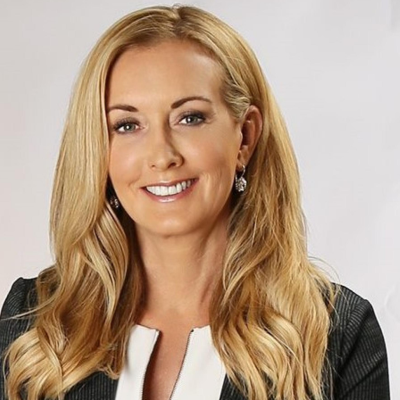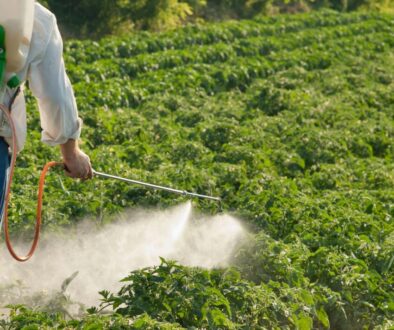EPA applauded for easing regulatory “burdens” on farmers using insecticides
Farm groups were cheering moves announced this week by the US Environmental Protection Agency (EPA) that will alter endangered species protections to allow for easier use of certain pesticides in agriculture.
Echoing the industry applause, US Secretary of Agriculture Brooke Rollins thanked the EPA for “unleashing regulatory burdens” on farmers and ranchers through its new strategy for insecticide use, changes that include reducing buffer zones designed to protect threatened species from the toxic chemicals used to kill crop pests.
The EPA unveiled its “final Insecticide Strategy” document Tuesday, described by EPA Administrator Lee Zeldin in a statement as “another example of how protecting our environment and safeguarding our economy can go hand in hand.”
“We have found common sense ways to keep endangered species safe that won’t place unneeded burden on the growers who rely on these tools for their livelihood, and which are necessary to ensure a safe and plentiful food supply,” Zeldin said.
The EPA has been dogged for years by litigation over allegations it was failing to comply with the Endangered Species Act in its pesticide regulations. In 2023, the EPA settled with a pledge to implement strategies such as the one released this week. The announcement came one day before a court-ordered deadline for the release of the final insecticide plan.
The nation’s largest farming organizations, many supported with funds from companies that make and sell pesticides, have been demanding changes to the draft strategy outlined last year under the Biden administration. The groups said this week they welcome the changes brought by Trump’s EPA, though many also said the agency should go even further.
“These enhancements will help make Endangered Species Act implementation easier for US farmers; however, more work remains to be done …,” American Soybean Association President Caleb Ragland said in a statement.
In 2022, farmers used insecticides on about 83 million acres of cropland, according to federal data. Those chemicals and other pesticides used widely in farming can pose risks to a wide array of species, particularly when they run off into streams, ponds or rivers. The US counts more than 1,000 species listed as either endangered or threatened.
The EPA acknowledges that chemical “stressors, such as pesticides,” can contribute to population declines of listed species. Still, the agency made several changes to the prior plan, saying the new strategy will provide more flexibility for pesticide users.
Environmental advocates had mixed reactions to the new plan, with some giving the EPA credit for holding onto many protections for endangered species even as the agency retreats from others.
“I’ve certainly got some serious gripes about some of the rollbacks they did here in the final draft. But there are a lot of key elements that were kept in place,” said Nathan Donley, environmental health science director with the Center for Biological Diversity, one of the plaintiffs that sued the EPA to force compliance with the Endangered Species Act. “So it’s a bit of disappointment mixed with a bit of relief.”
“Of course the future is still a big question mark with this administration – it could still all come crumbling down,” he said. “But at the moment we’ve still got industry and endangered species advocates working together with EPA, which is really good for the country.”
Others were less forgiving.
“The EPA’s job isn’t to protect large agricultural corporations. Its job is to protect the environment,” said Jonathan Lundgren, who worked as a USDA scientist from 2004-2016 and now directs the Ecdysis Foundation, an agricultural research group.
“This change in policy that reduces the safety considerations and increases the use of pesticides will at minimum result in more sick farming families, greater biodiversity loss, increased pollution of water, and reduced ability of our soils to produce food and store carbon,” Lundgren said. “The ones that benefit are the large foreign-owned corporations that have parasitized our farmers for too long.”
(Featured photo by Getty Images for Unsplash+.)




